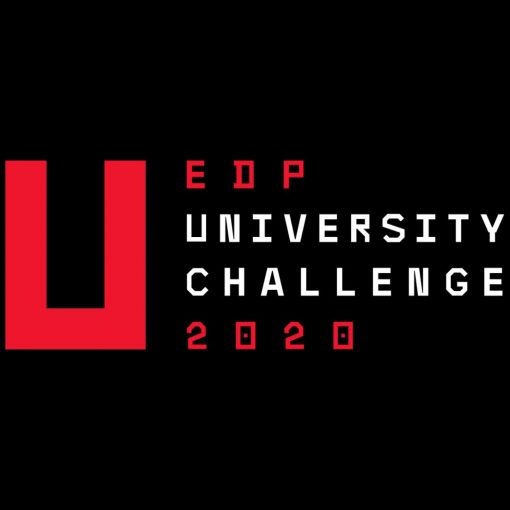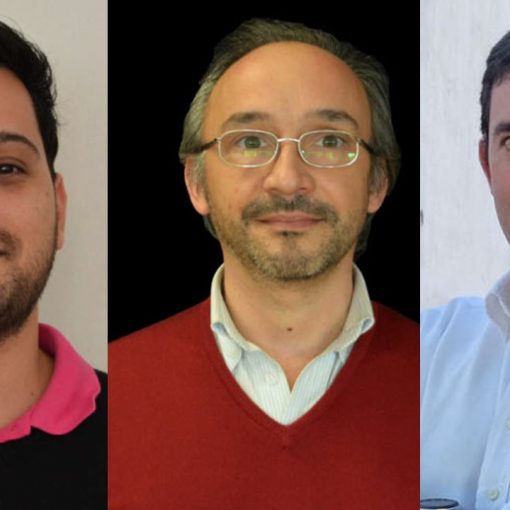Equipment was presented on 13 November and promises to be a solution for difficult cases, hitherto referred to wheelchairs.
The School of Engineering of the University of Minho (EEUM) presented an intelligent walker online on 13 November to improve the locomotion of patients and physical rehabilitation therapy. The innovation, already distinguished by the National Institute for Rehabilitation, also involves Braga Hospital and the companies OrthosXXI and Tecnicunha, being co-financed by Compete 2020.
“This 100% Portuguese technology allows to improve the patient’s stability and pathological gait, besides monitoring his physical state, thus supporting therapists in an effective and intelligent rehabilitation”, explains the project coordinator, Cristina Santos, hoping that the concept will awaken stakeholders and serve society. This teacher from the Department of Industrial Electronics of EEUM explained in the presentation the technical and therapeutic discoveries related to that innovation and also talked with doctors, therapists and users of the new walker. The initiative also counted with the interventions of Filipe Soutinho, general director of TecMinho, Sofia Couto, project manager of the National Innovation Agency, Francisco Silva, general director of Orthos XXI, and António Cunha, manager of Tecnicunha.
“The device allows for greater safety even in the most difficult cases, where, for lack of stable solutions, patients end up being indicated for wheelchairs”, says Cristina Santos. The stability and differentiation of this “smart walker” is achieved through artificial intelligence and its own design, ensuring a lower probability of incidents to those suffering from uncoordinated movements or ataxia. It also allows various contexts of use: in manual mode, with total control of the user; with remote control by others, such as monitored and conducted by the physiotherapist; in pre-programmed/autonomous mode, with a pre-established goal, adjusting on the route and deviating from eventual obstacles; and in mixed mode, being conducted by the user but with alarms to warn of obstacles, body distance or eventual risks.
Another potentiality of this multifunctional equipment is to perform the diagnostic support through the quantification and analysis of the gait. That is, through a system of sensors, posture and gesture data are collected, allowing the establishment of standards for subsequent medical and therapeutic evaluations. This project, called “EML – Multifunctional Equipment for technical assistance to locomotion”, involved electrotechnical, computer, biomedical and clinical engineers. It had its origin in the ALGORITMIi Centre, evolving later in the Electro-mechanical Microsystems Research Centre (CMEMS), both in the EEUM, in Guimarães. The innovation was validated in the Orthopaedic and Rehabilitation services of Braga Hospital and in the Academic Clinical Centre, having been the subject of Master’s and PhD theses in Biomedical Engineering.



